Responsibilities
In draughty church halls the length and breadth of the country potential apiarists are just starting their “Beginning beekeeping” courses run by local associations. The content of these courses varies a bit but usually contains (in no particular order):
- The Beekeeping Year
- The hive and/or beekeeping equipment
- The life cycle of the honey bee
- Colony inspections
- Pests and diseases
- Swarm prevention and control
- Products of the hive
I’ve seen these courses from both sides. I took one before I started beekeeping and I’ve subsequently taught on them.
Although I’m not convinced the seven topics above are the optimal way to cover the basics of beekeeping (perhaps that’s something for a future post?), I am a strong supporter of the need to educate new beekeepers.
Theory and practice
You can learn some of the theoretical aspects of beekeeping on dark winter evenings. In my experience a liberal supply of tea and digestives hugely helps this learning process ?
However, beekeeping is essentially a practical subject and any responsible association will offer apiary-based training sessions once the season starts. A good association will run these throughout the season, enabling beginners to experience all aspects of the beekeeping year.
If they don’t, they should (both run them and run them through the season).
The reason is simple … ‘hands on’ with the bees is a much better way of appreciating some of the most important characteristics of the colony. It’s strength and temperament, the rate at which it’s developing, the levels of stores etc.
But all this takes time. A couple of early-season apiary sessions might be held on cool evenings in failing light, or dodging Spring weekend showers. This means that ‘hive time’ is often restricted and beginners only get a small snapshot of the beekeeping season.
Curb your enthusiasm
Inevitably, many new beekeepers are desperate to get their own bees as soon as possible. After all, the season has started and there are kilograms of nectar out there waiting to be collected and converted into delicious honey for friends and family.
Demand for overwintered nucs is very high (usually significantly outstripping supply, meaning a considerable price premium) and a purchased colony, which should be strong and building up fast, becomes the property of someone who potentially has yet to see an open hive.
The seasonal nature of the hobby and the way we train beginners creates a very steep learning curve for new beekeepers {{1}}. Almost as soon as they’re out of the classroom (or draughty church hall) they’re faced with the start of their first swarm season.
Their inevitable – and completely understandable – enthusiasm to start practical beekeeping reaches a crescendo at a time when they are singularly poorly equipped to manage the colony {{2}}.
What’s missing?
The emphasis on the theory and practical aspects of beekeeping is understandable. There’s a lot to learn in a relatively short time.
However, this focus on the practicalities often overlooks emphasising the responsibilities of beekeepers.
In the frenetic early-season enthusiasm to ‘become a beekeeper’ these might seem unimportant, superfluous or entirely obvious.
But they’re not.
Later in the season the colony can become bad tempered, unmanageably large or ignored. Some or all of these happen with new (and not-so-new) beekeepers. The OSR goes over and colonies get stroppy, April’s 5-frame nuc “explodes” to occupy a towering double brood monstrosity or a new-found enthusiasm for dahlias or crown green bowls becomes all-consuming.

Bees? What bees? Have you seen my dahlias?
This is when the responsibilities of beekeepers become really important.
What are the responsibilities of beekeepers?
As I see it, as beekeepers we have responsibilities to:
- The general public
- Other beekeepers
- The bees {{3}}
As I stated above, these might seem entirely obvious. However, every year new beekeepers start with the best of intentions but some have a near-total lack of awareness of what these responsibilities are (or mean).
The general public
The combination of calm bees, careful handling and appropriate protective clothing means that bees essentially pose no risk to the beekeeper.
However, strange as it may seem to a beekeeper, some people are terrified of bees (mellisophobics). Others, due to adverse allergic reactions (anaphylactic shock), may have their lives endangered by bee stings. Finally – and thankfully by far the largest group – are the remainder of the public who should never feel bothered or threatened by our bees, whether we consider this a rational response or not.
What does this mean in terms of practical beekeeping? I think it can be distilled to just three points:
- Keep calm bees
- Keep bees and the public well-separated
- Restrict beekeeping activities to times when the public are not inconvenienced
The first point is sensible, whether or not there’s anyone else around. It makes beekeeping a much more relaxing and rewarding experience.
The second point involves either keeping bees in unfrequented locations (infinitely preferable) or ensuring that bees are forced to fly up and away from the hives (by suitable screening) and well-away from passers-by.
The final point is the most inconvenient, but also the most important. If there are members of the public around who might be bothered by your bees – walkers strolling across the field towards your apiary, kids playing in the garden next door – don’t open the hives.
My apiaries have generally been in large rural gardens, private farmland and very well screened. I’ve also kept bees in urban environments, with no problems from the neighbours. However, I have always maintained out apiaries to move my bees to should they exhibit poor temper. Additionally, I’d only conduct inspections when the adjacent gardens were empty … meaning inspections were often carried out in sub-optimal weather or late in the evening.
Finally, while many beekeepers consider the sight of a swarm is one of the truly great sights of beekeeping, this isn’t a sentiment shared by most non-beekeepers.
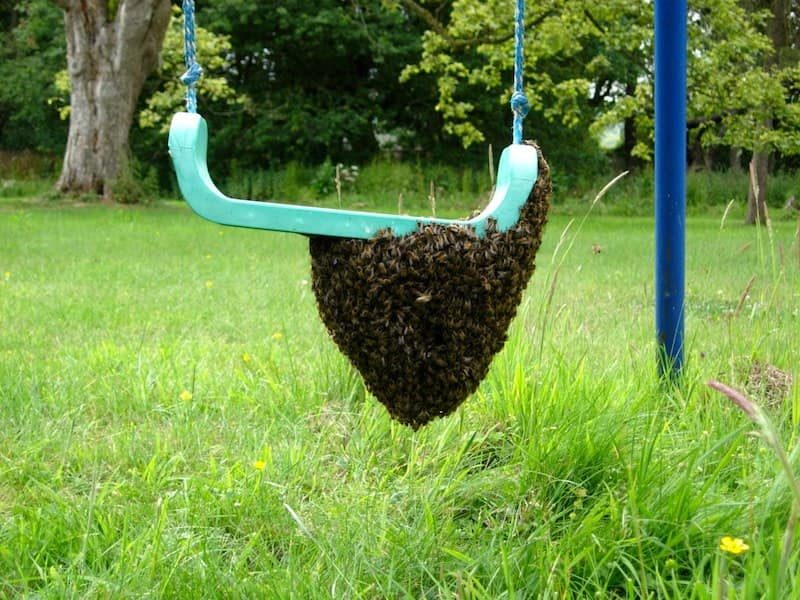
Swarm on a swing … not ideal if it’s in the next door garden
Keep non-swarmy bees, clip the queen and keep a bait hive prepared to lure any swarms that do emerge.
Other beekeepers
The responsibilities beekeepers have to other beekeepers are probably restricted to:
- Courtesy
- Disease
The first is straightforward. Don’t do things that negatively impact other beekeepers {{4}}. For example, don’t plonk two dozen hives over the fence from an established apiary, unless you’ve first discussed it with the beekeeper and you’re both happy that the local forage is sufficient.
And, of course, don’t steal hives or colonies {{5}}.
Disease is perhaps less obvious and more insidious. The health of your bees influences the health of other colonies in the area. Over short distances bees drift from one hive to another. Over much longer distances strong colonies can rob weaker colonies.
All these bee exchanges also move the parasites and diseases they carry between hives. This includes Varroa, Nosema, a panoply of pathogenic viruses and European and American foulbrood.
Of these, the foulbroods are statutory notifiable diseases and beekeepers are legally required to report suspected diseased colonies under the Bee Diseases and Pests Control Order 2006 (and amendments). Responsible beekeepers will register their apiaries on the National Bee Unit’s Beebase so they are notified of local outbreaks, and so the bee inspectors can check their colonies if there is a nearby outbreak.
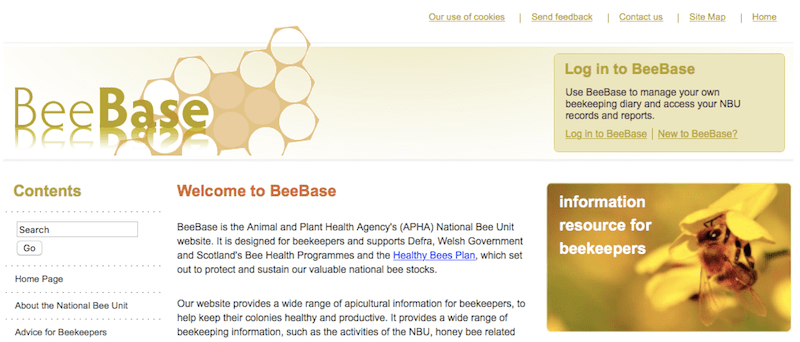
National Bee Unit Beebase
Whilst not notifiable, the remaining parasites and pathogens are also best avoided … and certainly should not be foisted upon other local beekeepers.
If your colony is weak, disease-riddled and poorly managed it may get robbed-out by other local strong colonies. In doing so, your bees will transfer (some of) the pathogen load to the stronger colony.
That is irresponsible beekeeping.
US beekeepers use the term ‘mite bomb’ to refer to an unmanaged, Varroa-riddled, collapsing colony that introduces significantly higher mite levels to local strong colonies as it’s robbed. This is more extreme, but not dissimilar, to beekeepers that treat with miticides far too late in the season. Their colonies retain high mite levels and can spread them to nearby hives. One way to avoid this is to coordinately treat mites in the same geographic area.
The bees
Bees may or may not be classified as livestock. The standard definition {{6}} of “domestic animals kept on a farm for use or profit; esp. cattle, sheep, and pigs” is perhaps a little restrictive {{7}} so lets accept for the moment that they are livestock.
If you keep livestock you usually need to register them and vaccinate them, and you always need to look after their health, feed and transport them properly and generally take responsibility for them.
If you don’t look after their welfare you may be prosecuted.
Of course, bees are invertebrates, not mammals or animals with backbones. Legally invertebrates are not usually considered as animals in the Animal Welfare Act 2006 {{8}} which defines the law on animal welfare.
But all these definitions are a distraction.
In my view, if you keep bees you have a responsibility to look after them properly.
Even if this isn’t a legal requirement, its a moral responsibility.
This responsibility to your bees includes – but is not restricted to – preventing and treating them for disease when appropriate and ensuring they have sufficient stores going into winter (and during periods with no nectar).
If you can’t do this perhaps take up crown green bowls instead.
Blimey, this is all getting a bit heavy isn’t it?
Bees are not ‘fit and forget’.
Actually, they’re quite the opposite.
Proper management means that there are certain things that must be done at a particular time. This includes treating for mites at the end of the summer honey season, feeding the colony up for winter and swarm prevention and control.
If you work abroad for April and May or if you holiday on the Maldives for six weeks every autumn you’re unlikely to become a successful beekeeper.
And you’re certainly unlikely to be a responsible beekeeper.
You might start with bees, but you’re unlikely to keep them …
What prompted this post? A combination of things … cabin fever and online discussion forum posts from beekeepers puzzling why their colonies all died (no mite treatment, ever) or starved (no feeding before winter) or hadn’t been inspected in the last 15 months (“I’ve been busy”).
It’s going to be a long winter … {{9}}
{{1}}: Or, perhaps more accurately, a shallow learning curve … knowledge (on the vertical axis of the graph) is acquired slowly over time (on the horizontal axis.
{{2}}: Of course, they’re much better equipped than those who haven’t taken any winter training course at all.
{{3}}: There’s one thing I know is missing from this list … any guesses? I’ll mention it at the end of the post.
{{4}}: I’m not going to raise the thorny problem of native vs. imported (or other) bees here other than to say if there’s an active native/Buckfast/Carni selection programme locally it would be discourteous to bring something wildly different into the gene pool.
{{5}}: Some chance the crooks who do this will be reading an article like this!
{{6}}: Oxford English Dictionary, 2019.
{{7}}: This isn’t the place to discuss whether they are livestock or not, from a legal perspective … the definition includes the terms ‘domestic’ and ‘farm’, neither of which necessarily apply – to bees or even livestock.
{{8}}: Though there are provisions in the act to extend it to include invertebrates and there are well-established precedents for cuttlefish and octopi which – for experimental purposes – are legally protected molluscs.
{{9}}: What’s missing from the list of responsibilities? It’s environmental responsibility … a hot-topic when you consider competition between honey bees and other pollinators, and the possibility of pathogen spillover between species.
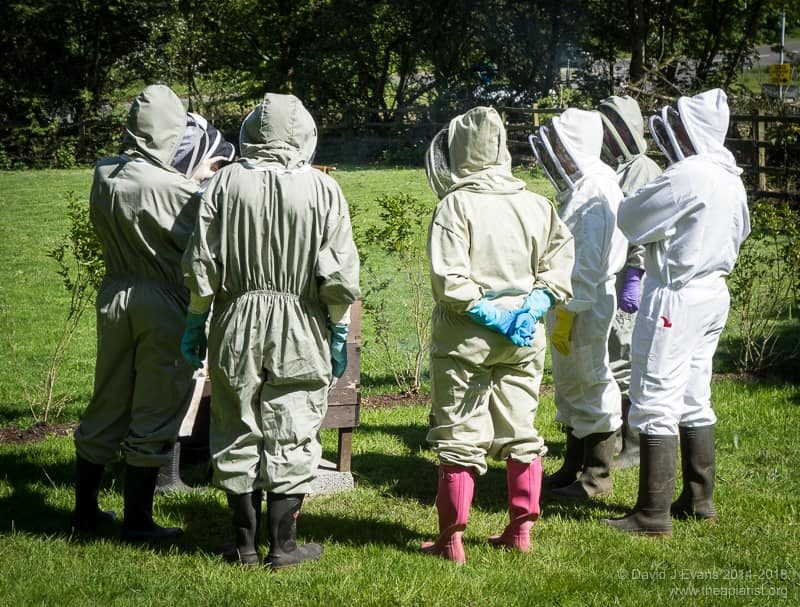
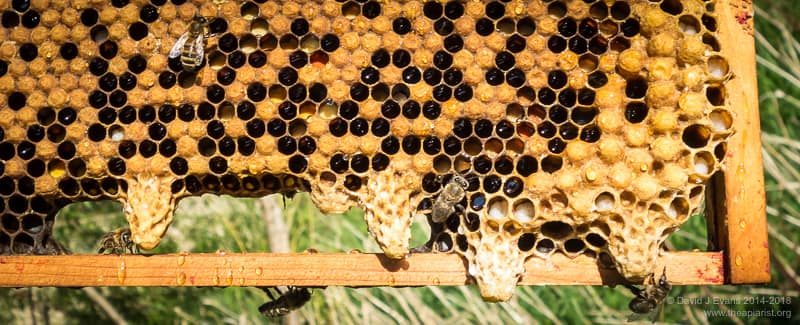
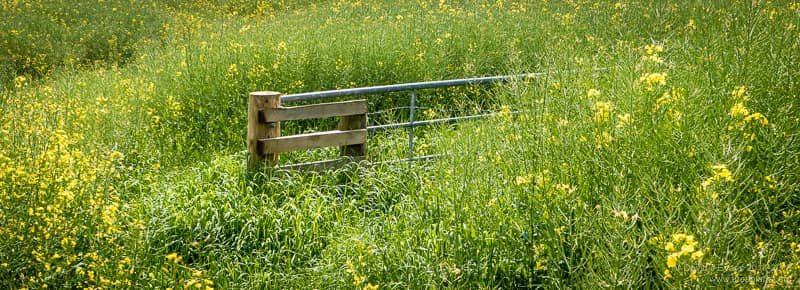

Join the discussion ...